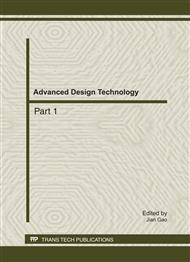p.1205
p.1211
p.1215
p.1220
p.1226
p.1233
p.1238
p.1242
p.1248
Simulation of Radiation Damage for the Typical Tritium Permeation Barrier Coating Materials
Abstract:
The study of tritium permeation barrier (TPB) coating is one of the most important subjects in the development of liquid lithium blankets in International Thermonuclear Experiment Reactor (ITER). Radiation-shielding property is one of the most important assessment indicators of TPB coating materials. Radiation damage experiment is difficult to perform, so with the Monte Carlo code TRIM(Transport of Ions in Matter), simulations of proton irradiation have been done for three kinds of candidate materials-Al2O3, Er2O3, Y2O3.This study focuses on the energy transfer, energy loss, and vacancies of the protons, as well as the stopping power of coating materials. According to the calculation results, Al2O3 has the strongest resistance against tritium permeation while more vacancies are produced after proton radiation.
Info:
Periodical:
Pages:
1226-1229
Citation:
Online since:
August 2011
Authors:
Price:
Сopyright:
© 2011 Trans Tech Publications Ltd. All Rights Reserved
Share:
Citation:


